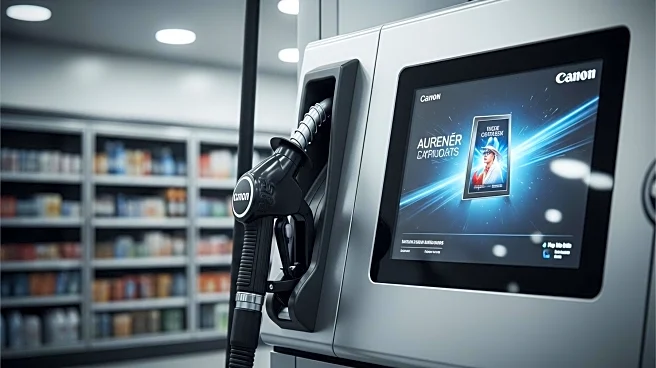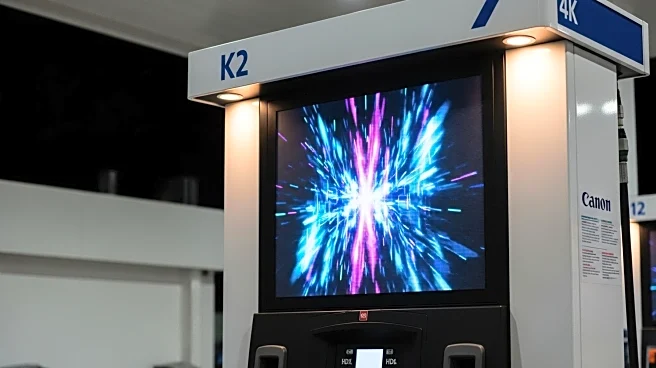What is the story about?
What's Happening?
Gas stations and convenience stores are increasingly leveraging their physical spaces for digital advertising, transforming pump and in-store displays into valuable marketing assets. By integrating these displays into a broader omnichannel retail media network (RMN), these businesses aim to enhance customer engagement and drive sales. The strategy involves using digital signage at points of purchase, such as pumps and self-checkout systems, to deliver targeted advertisements and promotions. This approach not only aims to increase transaction values and brand loyalty but also opens new revenue streams through advertising. A successful implementation requires a scalable tech stack, including a robust content management system and ad server, to manage and deliver dynamic content effectively. The integration of programmatic advertising technology further personalizes the shopper experience by aligning content with real-time data and shopper behavior.
Why It's Important?
The shift towards utilizing digital signage in gas stations and convenience stores represents a significant evolution in retail media strategies. By capitalizing on untapped advertising spaces, these businesses can enhance customer experiences and increase sales. The ability to deliver personalized content based on real-time data, such as weather or time of day, allows for more effective marketing campaigns. This development is crucial for retailers looking to stay competitive in a rapidly changing market, where consumer expectations for personalized and engaging shopping experiences are high. Additionally, the use of first-party data from loyalty programs and purchase histories provides valuable insights for targeting and measuring the effectiveness of advertising campaigns. This approach not only benefits retailers by increasing revenue but also offers advertisers a more attractive platform for reaching consumers.
What's Next?
As gas stations and convenience stores continue to develop their retail media networks, the focus will likely be on expanding the integration of advanced technologies and data analytics. This includes enhancing the interoperability of tech stacks to support seamless content delivery and measurement. Retailers may also explore partnerships with third-party vendors to further enhance their advertising capabilities. The ongoing development of privacy safeguards, such as opt-in consent frameworks and role-based access controls, will be essential to maintaining consumer trust while leveraging first-party data. As these networks grow, retailers will need to continuously evaluate and optimize their strategies to ensure they meet evolving consumer demands and maximize advertising revenue.
Beyond the Headlines
The expansion of retail media networks in gas stations and convenience stores could have broader implications for the advertising industry. As these networks become more sophisticated, they may challenge traditional advertising channels by offering more targeted and measurable options. This shift could lead to increased competition among advertisers for space on these networks, potentially driving innovation in advertising content and delivery. Additionally, the focus on data-driven personalization may raise ethical considerations regarding consumer privacy and data usage, prompting discussions about regulatory frameworks and industry standards.
AI Generated Content
Do you find this article useful?













